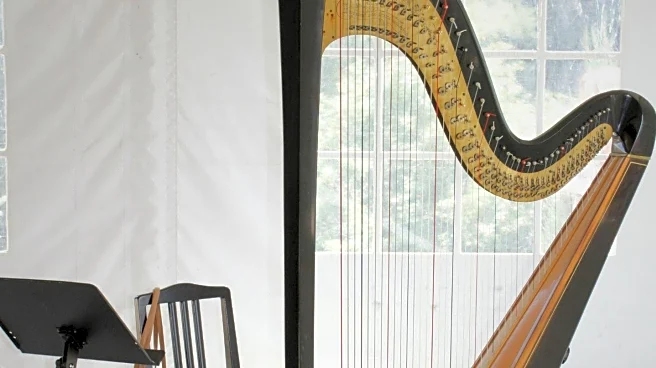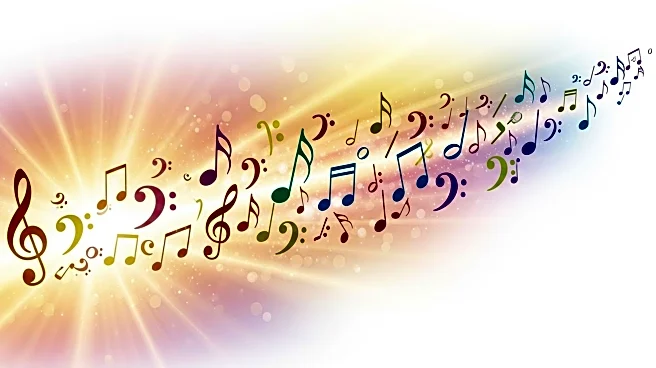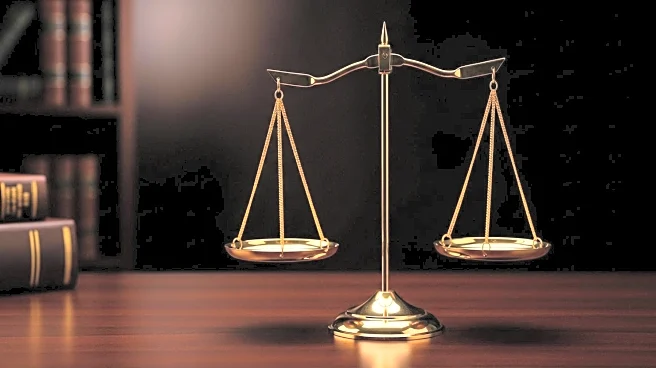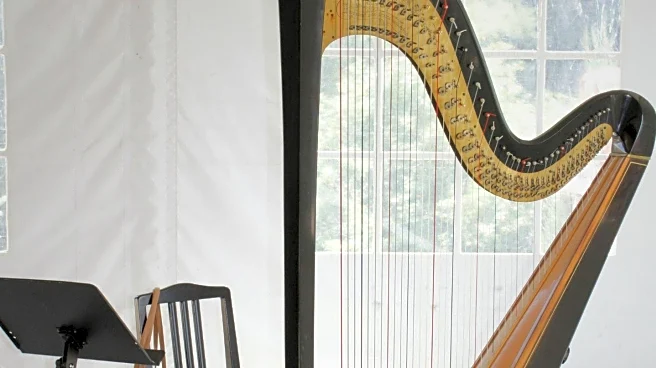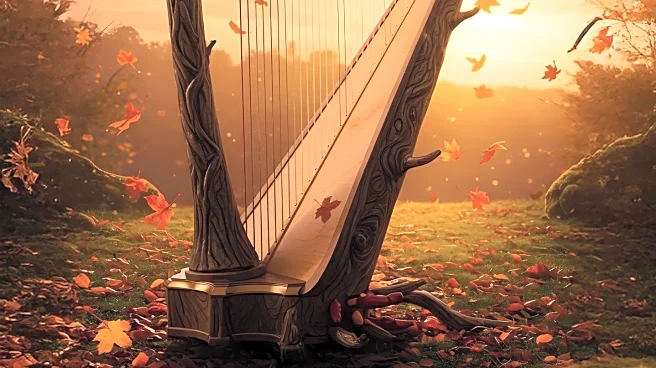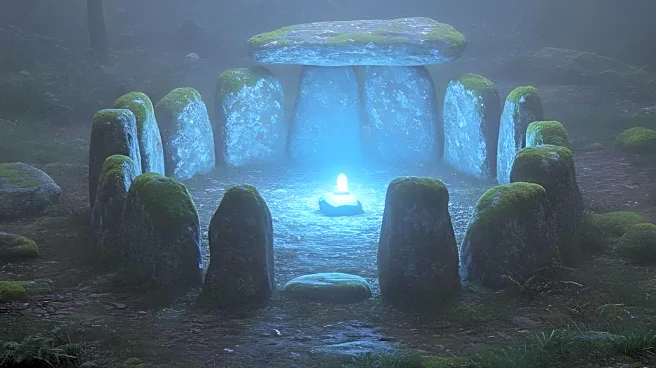What is the story about?
What's Happening?
The Sacred Harp, a historic American songbook first published in 1844, has been updated to reflect a new generation of singers. Over 700 participants gathered in Atlanta to celebrate the latest edition, which includes 113 new songs. The Sacred Harp tradition, known for its unique 'shape note' singing, is a communal activity that transcends denominational boundaries, welcoming participants from various religious and non-religious backgrounds. The recent update marks a significant moment in the tradition's history, as it incorporates contributions from a more diverse group of composers, including people of color, LGBTQ+ individuals, and younger generations. This inclusivity is seen as a reflection of the evolving community of Sacred Harp singers.
Why It's Important?
The update of The Sacred Harp songbook signifies a broader cultural shift towards inclusivity and diversity within traditional music communities. By embracing contributions from a wider array of composers, the Sacred Harp tradition is revitalized, ensuring its relevance and appeal to contemporary audiences. This development highlights the importance of cultural preservation while adapting to modern societal changes. The inclusion of diverse voices not only enriches the musical repertoire but also strengthens the community by fostering a sense of belonging among participants who may have previously felt marginalized. This evolution in the Sacred Harp community serves as a model for other traditional arts seeking to remain vibrant and inclusive.
Beyond the Headlines
The Sacred Harp's embrace of diversity raises important questions about the role of tradition in modern society. As cultural practices evolve, they must balance the preservation of historical elements with the need to remain relevant and accessible. The success of the Sacred Harp update suggests that traditional arts can thrive by being open to change and new influences. This approach may inspire other cultural institutions to reevaluate their practices and consider how they can better reflect the diversity of contemporary society. Additionally, the Sacred Harp's inclusive nature challenges stereotypes about religious music, demonstrating that it can be a unifying force across different beliefs and identities.
AI Generated Content
Do you find this article useful?
